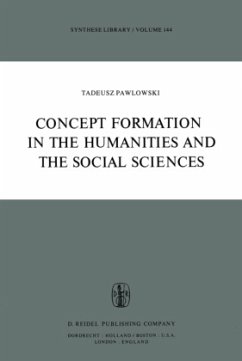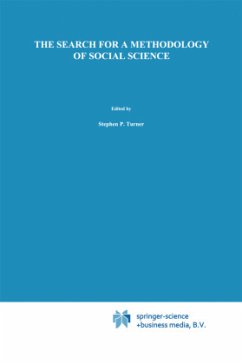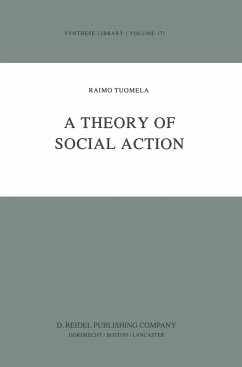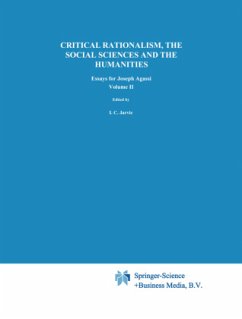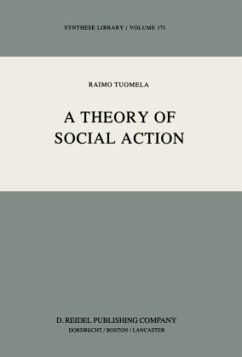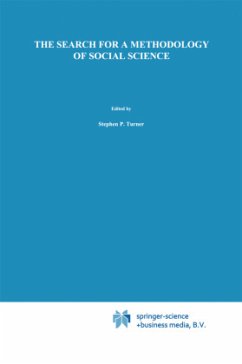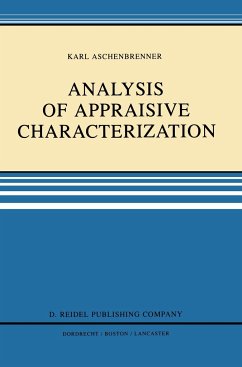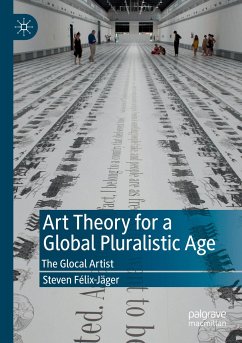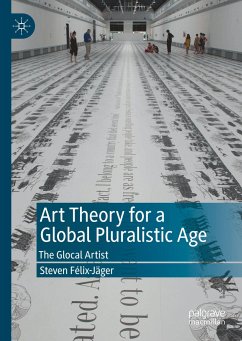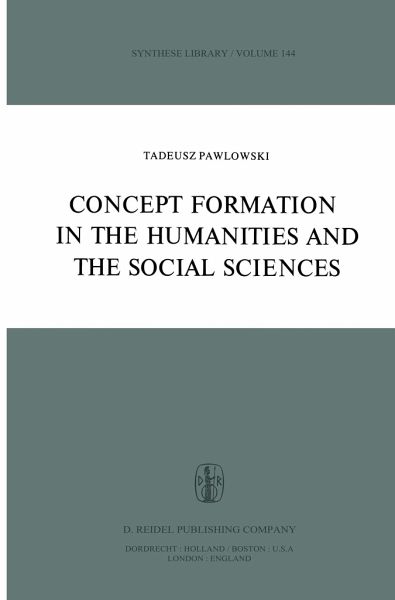
Concept Formation in the Humanities and the Social Sciences
Versandkostenfrei!
Versandfertig in 1-2 Wochen
77,99 €
inkl. MwSt.
Weitere Ausgaben:

PAYBACK Punkte
39 °P sammeln!
Uniqueness of style versus plurality of styles: in terms of these aesthetic categories one of the most important differences between the recent past and the present can be described. This difference manifests itself in all spheres of life - in fashion, in everyday life, in the arts, in science. What is of interest for my purposes in this book are its manifestations in the processes of con cept formation as they occur in the humanities, broadly conceived. Here the following methodological approaches seem to dominate the scene. 1. A tendency to apply semiotic concepts in various fields of resear...
Uniqueness of style versus plurality of styles: in terms of these aesthetic categories one of the most important differences between the recent past and the present can be described. This difference manifests itself in all spheres of life - in fashion, in everyday life, in the arts, in science. What is of interest for my purposes in this book are its manifestations in the processes of con cept formation as they occur in the humanities, broadly conceived. Here the following methodological approaches seem to dominate the scene. 1. A tendency to apply semiotic concepts in various fields of research. 2. Attempts to introduce metrical concepts and measurement, even into disciplines tra ditionally considered as unamenable to mathematical treatment, like aesthetics and theory of art. 3. Efforts to fmd ways of formulating empirically testable, operational criteria for the application of concepts, especially concepts which refer to objects directly not observable, like dispositions, attitudes, character or personality traits. Care is also taken to take advantage of the conceptual apparatus of methodology to express problems in the humanities with the highest possible degree of clarity and precision. 4. Analysis of the p~rsuasive function oflanguage and its possible uses in science and in everyday life. The above tendencies are present in this book. It is divided into two parts: I. Methods of Concept Formation, and II. Applications. In the first part some general methods of concept formation are presented and their merits discussed.





